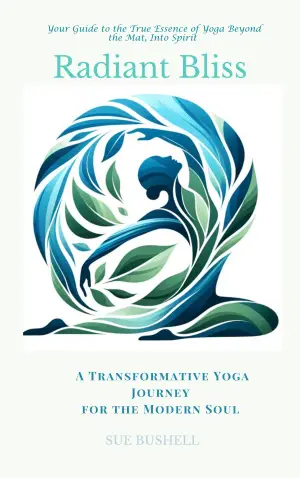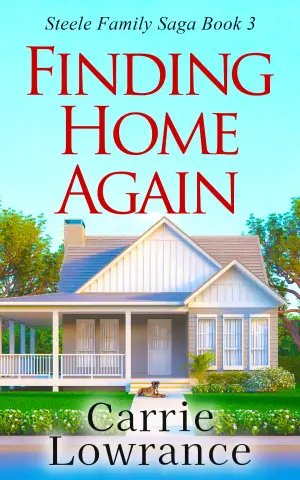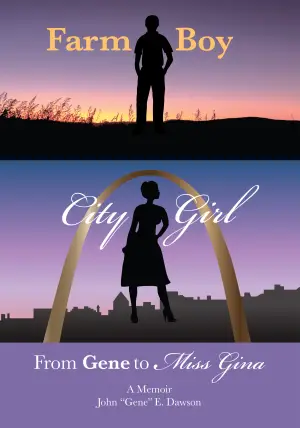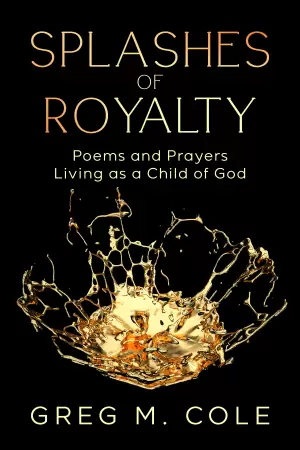Sometimes I Grumblesquinch: A Chat About Big Feelings
Sometimes a book finds you at just the right moment, doesn’t it? When I stumbled upon Sometimes I Grumblesquinch by Rachel Bright, something about it beckoned me to dive in. Perhaps it was the endearing title that hinted at the collage of emotions we all navigate, or maybe it was the promise of a story that resonates with both childhood whimsy and universal truths. As someone who grew up in the theater, constantly portraying larger-than-life characters, I felt an instant connection to the playful exploration of feelings in this charming addition to the Big Feelings series.
Bright introduces us to the lovable character of Grumblesquinch, who epitomizes those days when everything feels off-kilter. Grumblesquinch experiences all the intense emotions we’re all too familiar with — joy, sadness, frustration, and above all, the confusion that often comes when trying to articulate those feelings. The narrative unfolds gently, guiding readers through pivotal moments that highlight the importance of acknowledging and embracing our emotional landscape.
One of the book’s standout themes is the concept of permission to feel, something I wish I had wholeheartedly embraced during my own formative years. As a kid who grappled with feeling both "in" and "out" of social circles, the message that feelings are valid, regardless of how messy they may seem, is incredibly powerful. Grumblesquinch’s journey encourages readers to understand that conflicting emotions are perfectly normal — a notion I now see as essential in fostering emotional intelligence, especially for children navigating their own big feelings.
Bright’s writing style is both lyrical and accessible, making it easy for readers of all ages to connect with the narrative. The pacing balances reflective moments with playful illustrations that breathe life into Grumblesquinch’s world. I particularly loved the moment when Grumblesquinch learns to express his feelings aloud, a scene that resonated deeply with my own childhood struggles in articulating what I felt. “It’s okay to grumblesquinch,” he learns, and it’s a lesson that we adults could do with remembering too!
A quote that stuck with me is, “Being grumblesquinchy doesn’t mean you’re broken; it means you’re human.” This simple yet profound sentiment captures the essence of the book, reminding us that embracing our feelings rather than shying away is a part of our shared humanity. It’s a sentiment children and adults alike would benefit from internalizing.
For those who loved titles that explore feelings—like The Very Hungry Caterpillar or The Color Monster—this book will be a delightful addition to your reading list. Its playful, yet poignant narrative makes it ideal for parents, teachers, and caregivers seeking to foster conversations about emotions with children. Reading Sometimes I Grumblesquinch was like a warm hug reminding me of my own chaotic, beautiful journey through childhood.
Ultimately, Bright’s work resonates far beyond its whimsical illustrations; it serves as a reminder that emotions are not only valid but vital in shaping who we are. If you’re on a quest for a heartfelt story that lovingly echoes the tumultuous yet beautiful experience of growing up — and growing up can be messy — I wholeheartedly recommend giving Sometimes I Grumblesquinch a read. You just might find a little piece of Grumblesquinch in yourself along the way.
Discover more about Sometimes I Grumblesquinch (Big Feelings, #4) on GoodReads >>













